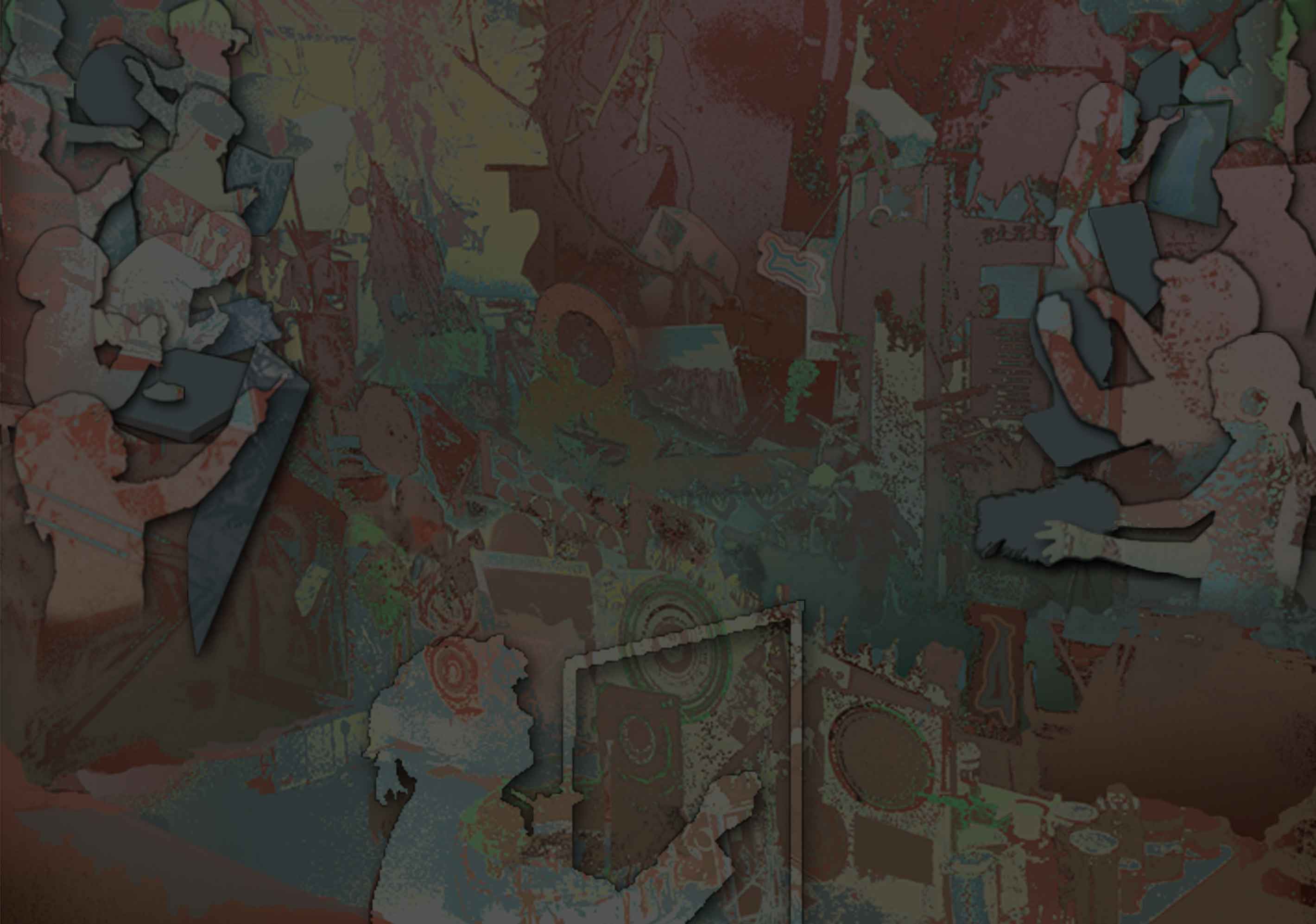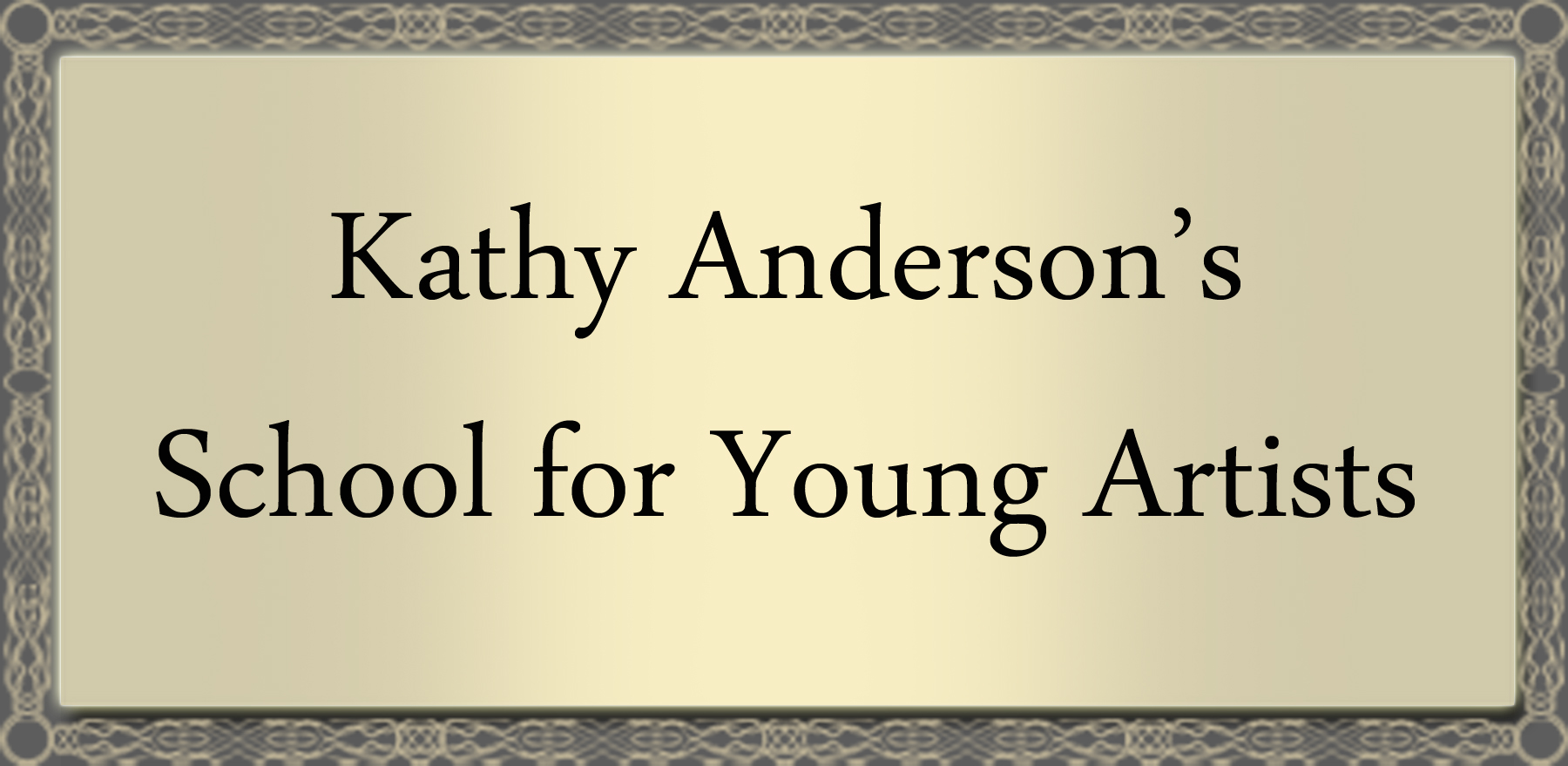- Home
- Open studio
- Conflict resolution
Most visitors to my classes comment on how involved, well behaved and happy my students are. The reason is the way I handle interpersonal conflicts. It is natural for conflicts to arise between students. This is particularly true in an open studio format because personalities are not suppressed in order to manage the class. When kids get into it with each other, I don’t decide who is right or wrong. I don’t take sides. I believe in my students so I legitimize their point of view, even though I may have to prohibit their acting it out. If I played judge I’d only be teaching that authority has the final say. I’d be saying by my position, that there is no real personal responsibility, and that the way to succeed is to get yourself in a position to boss other people around. The very thought of conveying that galls me.
Instead, the lesson I provide is about arbitration and learning to handle conflict. I explain that we’re not going to find out what’s right. Although I may not condone all of a student’s behavior, I want to acknowledge students’ attempts to resolve the conflict on their own. I teach students that it is good to defend themselves, and then I help provide them with better tools for conflict resolution.
When a conflict arises between two students, and they are not arriving at a resolution, I will give each student an opportunity to describe what happened. By hearing each other, each has his or her personal experience confirmed; each has validated the other. I then gently guide the interaction until the students find a common ground and can come to an agreement. We can’t know exactly what each has learned or how each will make use of it. Good teaching is like that.
I’ll be adding some examples of this.
Kathy Anderson BNI Edit from David Laks on Vimeo.
Our Scholarship Fund
Categories
- Ad
- Adults and My School
- Alumni
- Animation
- Causes
- Citizenship
- Constructions
- Costumes
- Creative Dialogue
- Drawing and Rendering
- Figurative Painting
- Graphics
- Kitchen Art
- Media News
- Mural
- Outdoor Mural
- Painting
- Scholarship Appeal
- Scholarships
- ScienceScience
- Sewing
- Student Success Stories
- Testimonials
- Vulnerability
- Weapons and War Games
- Workshops
- ZANY
Archives
- September 2023
- January 2023
- December 2019
- October 2019
- September 2019
- August 2019
- January 2018
- September 2017
- May 2017
- May 2016
- April 2016
- March 2016
- February 2016
- January 2016
- December 2015
- November 2015
- October 2015
- September 2015
- August 2015
- July 2015
- June 2015
- May 2015
- April 2015
- March 2015
- February 2015
- December 2014
- November 2014
- October 2014
- September 2014
- August 2014

